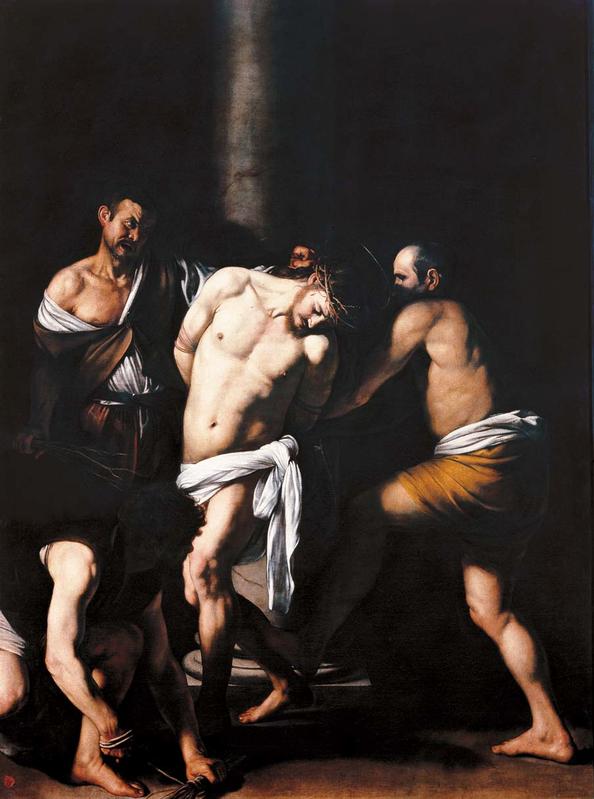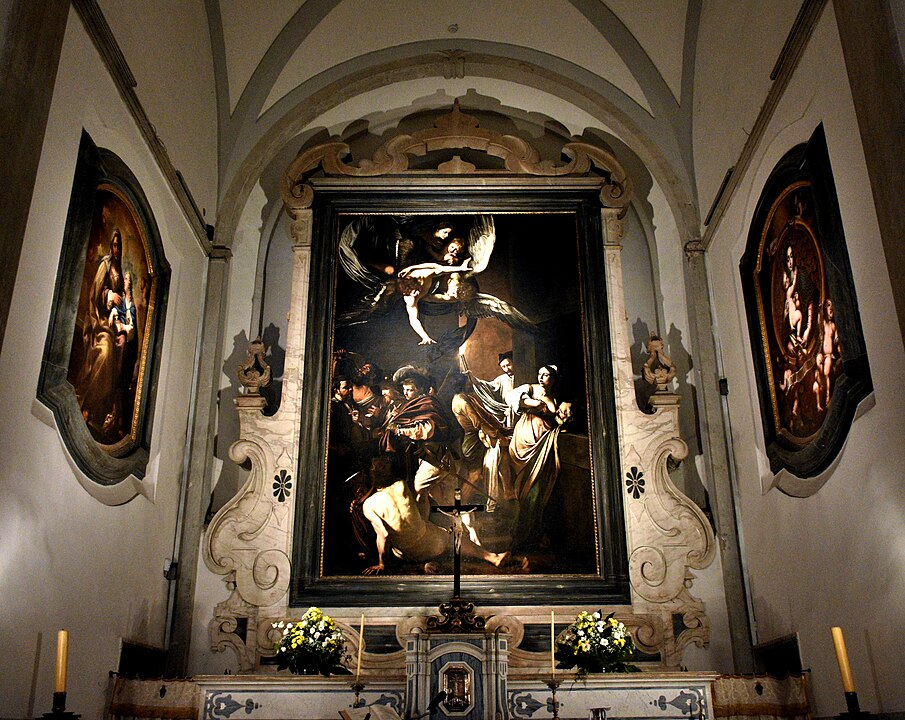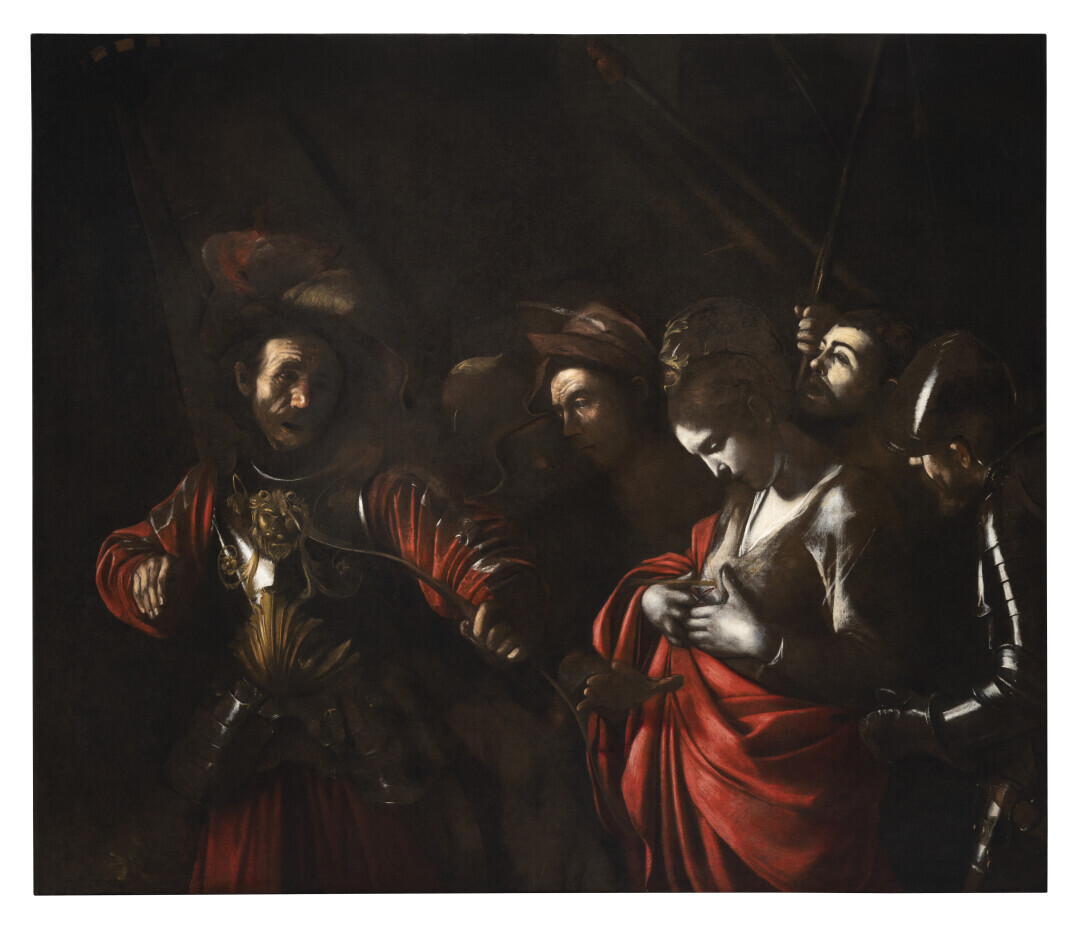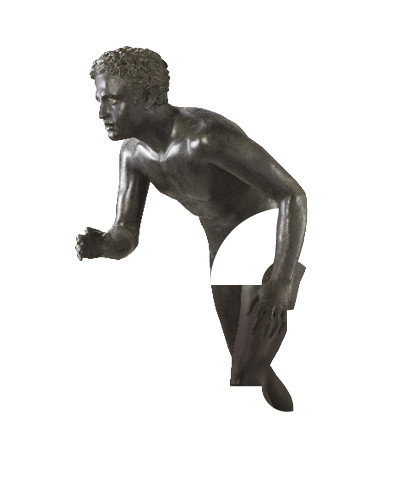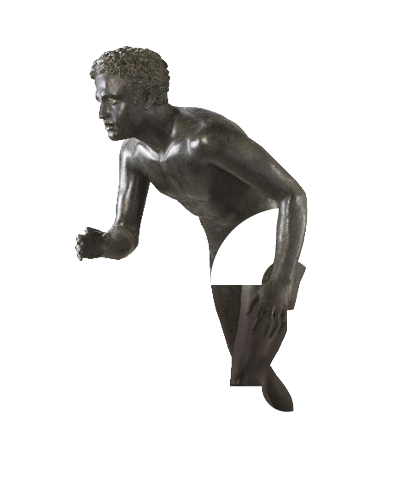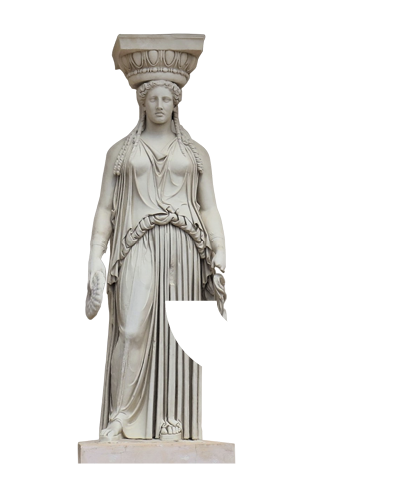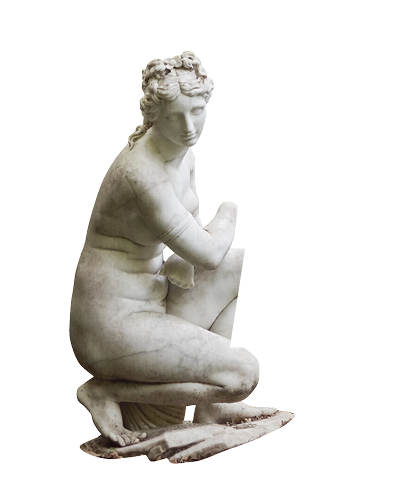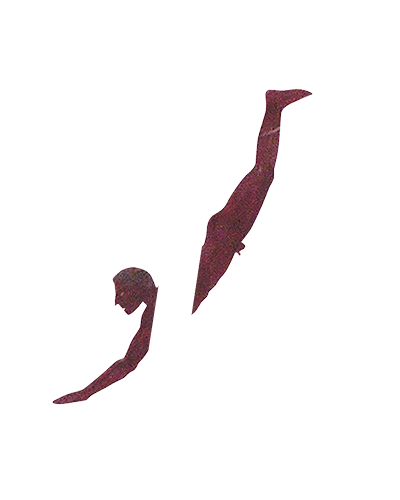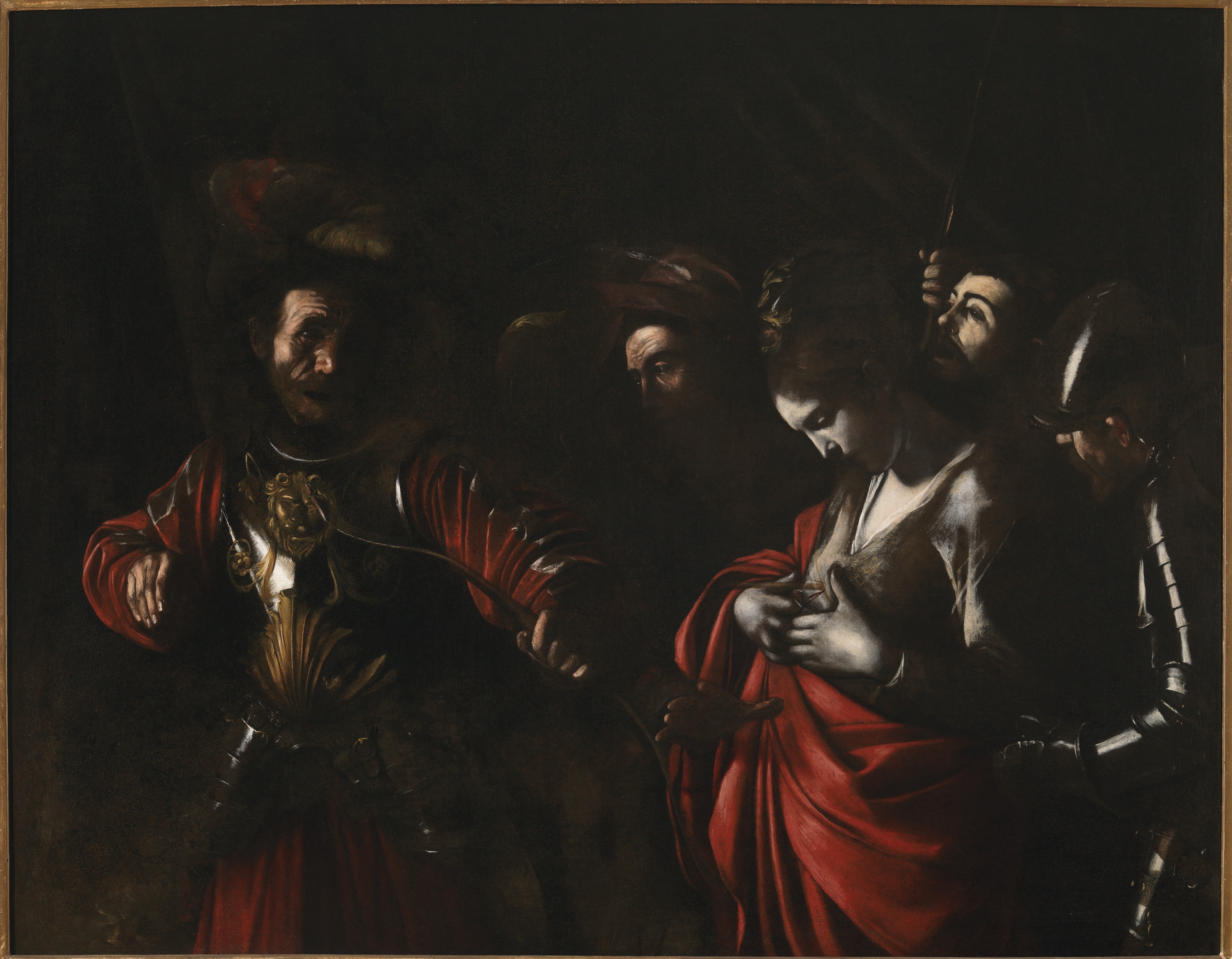Caravaggio in Naples
Validity
1 gg.
Three works housed in three museums in the city
It is noteworthy that the city of Naples is home to a significant number of works by the renowned artist Michelangelo Merisi, more famously known as Caravaggio. This itinerary aims to identify the museums in Naples that house these three masterpieces. Whether one is a tourist or a resident, this tour is recommended for those seeking to explore the city's historic center and encounter the artistic treasures of Michelangelo Merisi.
Who was Caravaggio?
Michelangelo Merisi, known as Caravaggio, was born in Milan in 1571 and lived and worked in Rome, Naples, Malta and Sicily. A master of light, his paintings are characterized by an unprecedented emotional and physical power that influenced the history of painting. Irreverent and restless, he was repeatedly forced to repaint canvases because they were considered too bold.
After a long period in Rome, where he achieved success as a protégé of the Florentine Cardinal Francesco Maria del Monte, he fled to Naples in 1606 after killing Ranuccio Tomassoni in a duel, then continued on to Malta and Sicily, returning to Naples. He died in Tuscany, in Porto Empedocle, while waiting for a pardon from Paul V Borghese, obtained by sending the famous work David and Goliath.
The stay in Naples
Caravaggio stayed in Naples twice. The first time was in 1606, under the protection of the aristocratic Carafa Colonna family, and he settled in the Quartieri Spagnoli. He returned in 1609 as a guest of the Marquise Costanza Colonna, where he painted his last works until July of the following year, when he left for Rome. During the journey, an infection, probably neglected, proved fatal and he died in Porto Ercole on July 18, 1610.
Three masterpieces you can't miss if you're in Naples
The Flagellation of Christ at the Museum e Real Bosco di Capodimonte
He fled to Naples in 1606 to avoid a sentence of beheading for the murder of Ranuccio Tomassoni and painted the work currently on display at the Museo e Real Bosco di Capodimonte: The Flagellation of Christ. (Update: the work is currently not in the museum because it is on display at the Kimbell Art Museum in Fort Worth (United States) until June 2020) The painting was commissioned by Tommaso De Franchis, a member of an important family of magistrates, and was intended for the family chapel in the Basilica of San Domenico Maggiore.
The dramatic intensity of the scene is given by the skilful use of light, which illuminates Christ and the four figures: Christ, tied to a column, and the three torturers, united by a tension that is not only physical, but above all psychic and emotional.
In fact, Caravaggio chose men from the street to represent the torturers, probably real torturers in viceregal prisons. The choice was not arbitrary, but dictated by the desire to make the depiction as realistic as possible.
The Seven Works of Mercy at Pio Monte della Misericordia
Caravaggio, having fled Rome on account of a murder conviction, produced one of his most significant works, characterized by its remarkable realism: The Seven Works of Mercy, exhibited at the Pio Monte della Misericordia and commissioned for 400 ducats by the institution in order to celebrate its charitable activities.
The artist's work is characterized by a revolutionary spirit, as evidenced by the composition's innovative nature. The composition, set in a scene that evokes Naples, features the Madonna of Mercy with Child at the top, supported by angels, while the lower figures symbolize the Works of Mercy: feeding the hungry, giving drink to the thirsty, clothing the naked, lodging pilgrims, visiting the sick, visiting the imprisoned, and burying the dead.
The Martyrdom of St. Ursula at the Gallerie d'Italia in Naples
In the year 1610, during the artist's second sojourn in Naples, he produced a series of public and private works, including the Martyrdom, which portrays the assassination of Orsola by a dart launched by the Hun king, to whom she did not submit. The composition is intricate and dramatic, and some scholars have posited that it may in fact be Caravaggio's final self-portrait.
The work was commissioned by Marco Antonio Doria, a Genoese collector who personally selected the subject. The prince, eager to acquire the work, requested its delivery with such haste that it arrived still fresh with protective varnish, a circumstance that has rendered its conservation history complex.
Doria endeavored to rectify the situation by exposing the painting to the sun, under the impression that it would accelerate the drying process. However, this intervention led to an unintended consequence, wherein the varnish melted. Consequently, Doria resorted to writing to Caravaggio, entreating his assistance in rectifying the issue. However, Caravaggio's response is uncertain, and the painting was subsequently shipped by sea to Genoa within two weeks, further complicating its conservation history.
It is noteworthy that the painting's patron did not initially recognize its value.
Visit the cultural sites of this intinerary with:
Details
Duration: about 4 hours
Route length: 2.5 km
Sites
Museo e Real Bosco di Capodimonte
Pio Monte della Misericordia
Gallerie d'Italia di Napoli
1
Museo e Real Bosco di Capodimonte
Discover the Capodimonte Museum in Naples with Campania>Artecard, offering a journey through art history with over 47,000 works among which Tiziano, Raffaello, Michelangelo, Caravaggio, Artemisia Gentileschi and many more.
Must-see: a walk in the Real Bosco di Capodimonte, 134 hectares of unspoiled green space overlooking the city and the Gulf of Naples.
2
Pio Monte della Misericordia
Visit the Pio Monte della Misericordia with Campania>Artecard in the historic centre of Naples. The 17th century church exhibits one of the three masterpieces in Naples by Michelangelo Merisi, known as Il Caravaggio: The Seven Acts of Mercy.
Discounted with: Naples Artecard/ Campania 3/ Campania 7/ 365 Gold.
Must-see: a visit to the Quadreria, with works by Luca Giordano, Jusepe de Ribera, Mattia Preti and Andrea Vaccaro.
3
Gallerie d’Italia
Visit the new home of the Gallerie d'Italia in Naples with Campania>Artecard, which exhibits the last work of Caravaggio, as well as Artemisia Gentileschi, landscapes from the 18th and 19th centuries, Attic and Magna Graecia ceramics and masterpieces of contemporary art with Lucio Fontana,Sol LeWitt and Alberto Burri.
Must-see: the section dedicated to Contemporary Art, with works by Lucio Fontana, Alberto Burri, Piero Manzoni, Mario Schifano, Jannis Kounellis, Sol LeWitt and many others.

